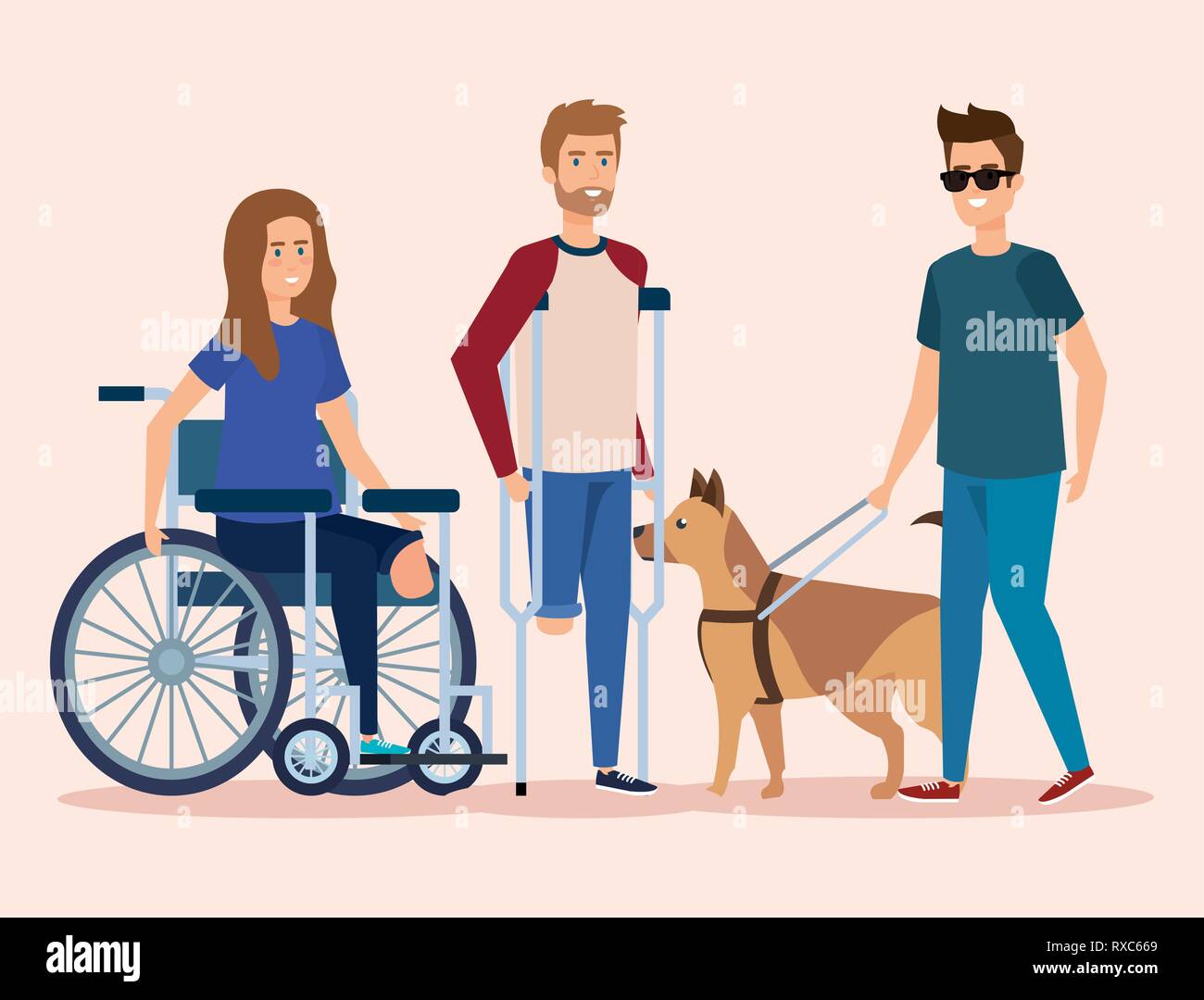In the comments on a recent Disability Insurance Awareness Month post, FoIB Bernie Flatters made a most cromulent point:
"I have looked at disability insurance and it "feels" very expensive compared to the value. I wish I could get over this. When I think of the benefits of this type of insurance, I think about not being able to work and having to stay home for days, weeks, months while I recuperate."
And indeed, DI poses quite the conundrum: on the one hand, unlike life insurance, there's no guarantee that one will ever actually become disabled. And, as we pointed out the other day, these plans "are one of the two most complicated insurance products in our portfolio."
So here's how I often help folks get over that hump, and I'll use Monday's example to illustrate:
To review, we have a delivery truck driver in good health (other than tobacco use, which impacts her rate substantially). The plan we quoted would provide $3,400 a month (or just shy of $41,000 a year, tax-free), for up to two years. Her annual salary is $60,00.
In Scenario 1 (no insurance), she nets about $45,000 a year while working, and $0 per year if she's disabled and unable to work.
In Scenario 2, she spends about 6% of her take-home pay ($231/month) in premiums. So, in this case, she clears about $42,000 a year while working, or about $41,000 a year if she's disabled.
That help?
"I have looked at disability insurance and it "feels" very expensive compared to the value. I wish I could get over this. When I think of the benefits of this type of insurance, I think about not being able to work and having to stay home for days, weeks, months while I recuperate."
And indeed, DI poses quite the conundrum: on the one hand, unlike life insurance, there's no guarantee that one will ever actually become disabled. And, as we pointed out the other day, these plans "are one of the two most complicated insurance products in our portfolio."
So here's how I often help folks get over that hump, and I'll use Monday's example to illustrate:
To review, we have a delivery truck driver in good health (other than tobacco use, which impacts her rate substantially). The plan we quoted would provide $3,400 a month (or just shy of $41,000 a year, tax-free), for up to two years. Her annual salary is $60,00.
In Scenario 1 (no insurance), she nets about $45,000 a year while working, and $0 per year if she's disabled and unable to work.
In Scenario 2, she spends about 6% of her take-home pay ($231/month) in premiums. So, in this case, she clears about $42,000 a year while working, or about $41,000 a year if she's disabled.
That help?







